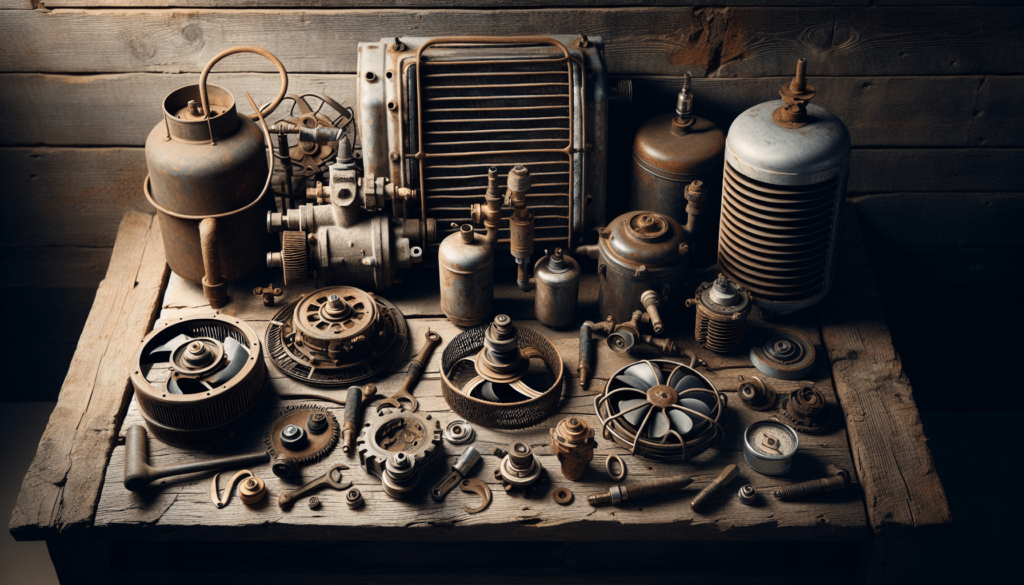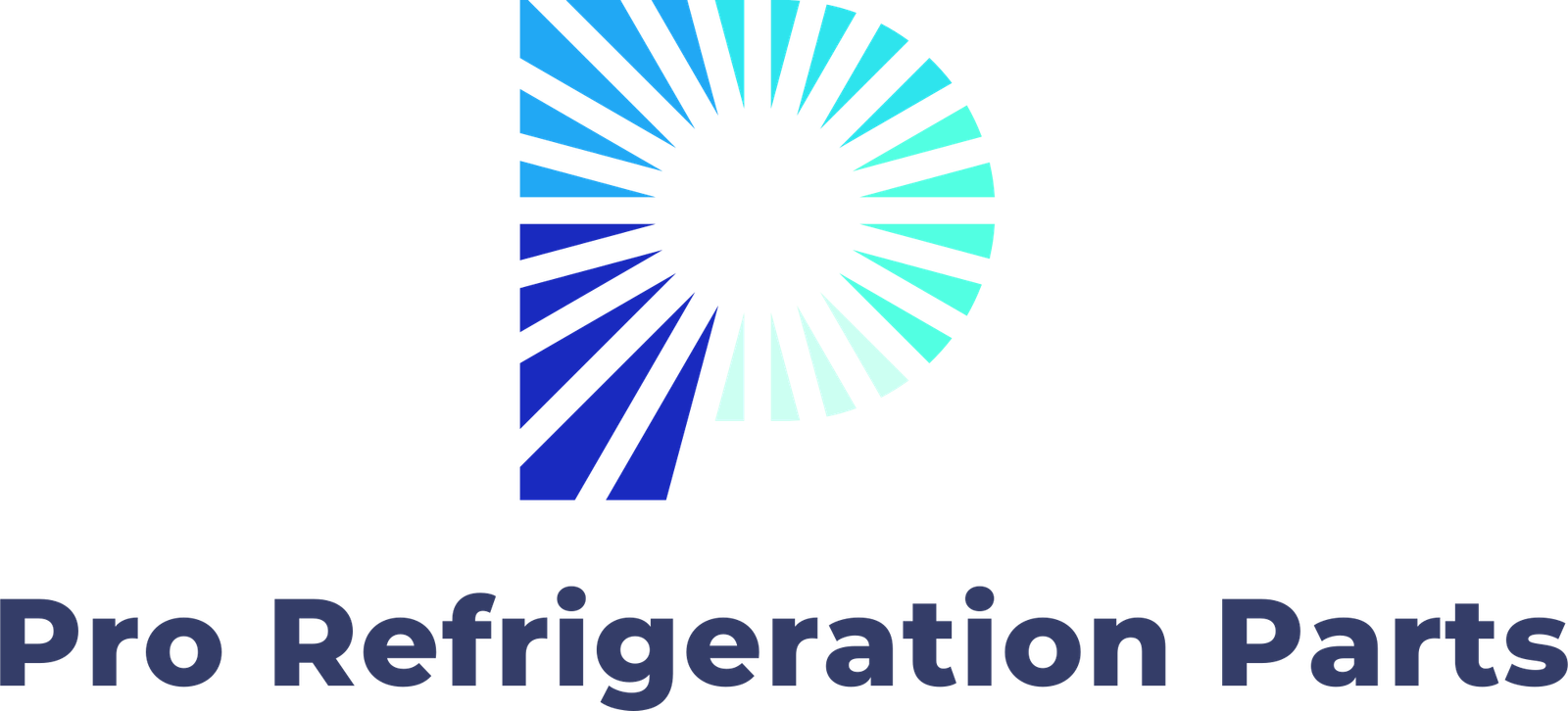True Cooler Parts: How To Properly Dispose Of Old Parts
Have you ever wondered what to do with old True cooler parts when it’s time to upgrade or replace them? It’s a common dilemma for anyone who values proper maintenance and responsible disposal. Let’s talk about how to dispose of these parts properly, ensuring you’re making environmentally friendly choices while taking care of your equipment.

Understanding True Cooler Parts
What Are True Coolers?
True coolers are known for their durability and efficiency in maintaining temperature for perishable items. Whether used in restaurants, grocery stores, or convenience shops, these appliances are built to last. However, like any equipment, they may require parts replacement over time.
Common Parts of True Coolers
True coolers consist of various components, each playing an essential role in their overall functionality. Here are some of the most common parts you might encounter:
| Part Name | Function |
|---|---|
| Compressor | Circulates refrigerant and cools the interior |
| Condenser | Dissipates heat absorbed from the evaporator |
| Evaporator | Absorbs heat from inside to cool the space |
| Thermostat | Regulates the temperature by controlling refrigerant flow |
| Fans | Circulate air within the cooler for even temperature |
Understanding these components can help you make informed decisions about their care and disposal.
Why Proper Disposal Matters
Environmental Impact
When it comes to disposing of True cooler parts, the environment should be a top priority. Many components, especially refrigerants, can be harmful in landfills. They contribute to greenhouse gas emissions and can even harm local wildlife if not handled correctly. By understanding the impact of improper disposal, you can choose options that minimize harm.
Legal Considerations
In various regions, there are laws governing the disposal of specific parts, particularly refrigerants and electrical components. It’s essential to be aware of these regulations to avoid fines and ensure compliance.
Steps to Dispose of Old True Cooler Parts
Step 1: Assess the Parts for Reusability
Before you discard anything, take a moment to inspect the parts. Some may still be usable or can be refurbished. Consider the following:
- Compressor: Is it functioning well? If it’s still operational, you might sell it or keep it as a backup.
- Fans and Thermostats: These are often easier to repair. Check if they can be cleaned or repaired before tossing them out.
Step 2: Prepare for Disposal
After you’ve assessed the parts, prepare them for disposal. This involves:
- Cleaning: Remove any grease or food residues to avoid contamination.
- Dismantling: If possible, disassemble parts into smaller, manageable pieces. This can make recycling easier.
Step 3: Check Local Regulations
Before heading to the dump or recycling center, check what your local regulations say about disposing of True cooler parts. Some components may require specific treatment, especially refrigerants. Here’s a brief guideline:
| Component | Disposal Method |
|---|---|
| Refrigerants | Must be evacuated by a licensed professional |
| Electrical parts | Recycle at electronic waste facilities |
| Metal parts | Recycle at scrap metal centers |
| Insulation materials | Dispose of according to local waste options |
Step 4: Recycling Options
Now that you’ve prepared your cooler parts, consider recycling. Many materials within True coolers can be recycled effectively:
- Metal: Steel and aluminum parts are typically accepted by scrap yards.
- Plastic Components: Some recycling centers accept specific plastics, so check ahead.
- Electronics: Electronic parts can often go to e-waste facilities that recycle or repurpose components.
Step 5: Professional Services
If you feel overwhelmed by the process or lack the tools and resources, consider seeking help from professionals. Many companies specialize in equipment disposal and recycling. They ensure that parts are handled responsibly and comply with regulations.
Alternatives for Old Parts
Selling or Donating
If the parts you’re ready to part with are still functional, consider selling or donating them. Here are some options:
- Online Marketplaces: Sites like eBay or Craigslist allow you to sell used parts directly.
- Local Repair Shops: Contact local repair technicians who may be interested in acquiring spare parts.
- Charitable Organizations: Some organizations may accept working equipment or components.
Repurposing
Feeling crafty? Consider turning old parts into something new. DIY projects can range from home improvement to art. Here are some creative ideas:
- Planters: Old metal components can become rustic planters.
- Furniture: Use cooling unit casings to create unique furniture pieces.
- Decor: Repurpose various parts as quirky home decor items.

FAQs About True Cooler Parts Disposal
How can I find recycling centers that accept cooler parts?
You can search online for local recycling centers by using keywords like “electronic recycling” or “scrap metal recycling”. Websites like Earth911 also offer directories based on your ZIP code.
What do I do if my cooler has leaked refrigerant?
If you suspect a refrigerant leak, do not attempt to handle it yourself. Contact a licensed technician for proper evacuation and disposal.
Are there any drawbacks to repurposing old parts?
While repurposing can be fun and environmentally friendly, ensure that any modifications maintain safety standards, especially if the item will be used in a functional capacity.
Conclusion
Now that you have a clearer understanding of how to properly dispose of old True cooler parts, you can take actionable steps that are both responsible and beneficial. From assessing the usability of your parts to exploring recycling options and considering creative repurposing, it’s easy to make a positive impact.
Taking these steps not only protects the environment but also showcases your commitment to responsible management of your equipment. As you continue with your cooler maintenance, keeping these practices in mind will help streamline future disposals and contribute to a more sustainable approach to your business or home workings.
By paying attention to how you dispose of your equipment, you become part of the solution, ensuring a greener tomorrow while maximizing the life of your appliances today!
